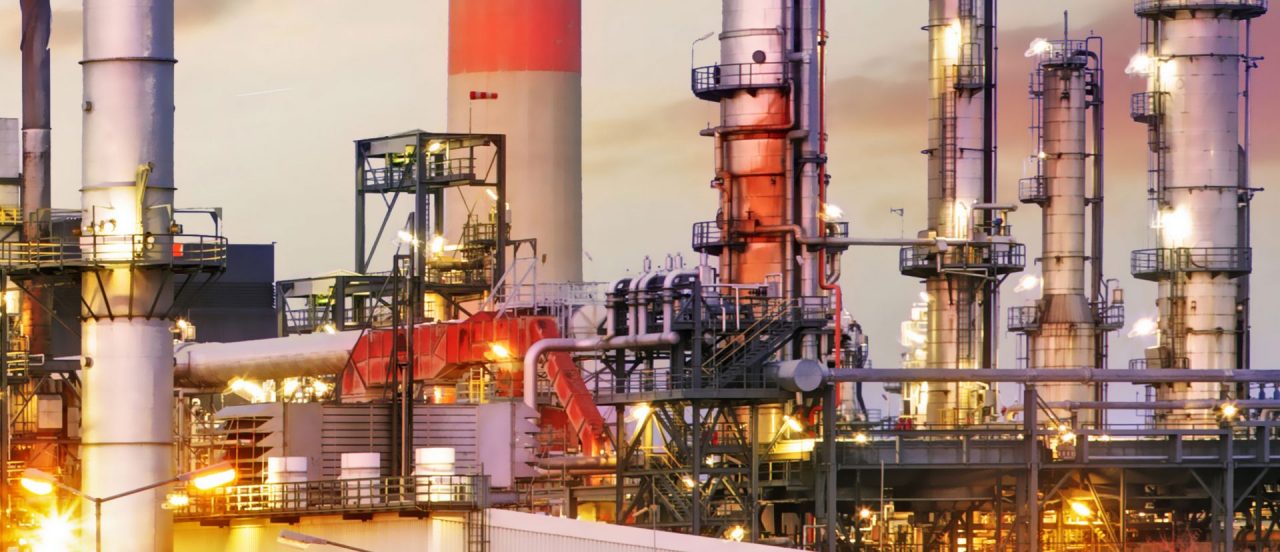By Josh Yi Xue & Yikai Yang
Chemicals, as one of the industries most closely related to people’s daily livelihood, have increasingly become one of the focuses of antitrust enforcement in recent years. This article presents a retrospective of Chinese antitrust enforcement in the industry, by reviewing the 28 cases so far. Gas and oil still represent the key area of focus. Not all cases involve confiscation of illegal gains as a remedy, and most cases are initiated by whistleblowing. The authors set out their thoughts regarding these and future enforcement trends.
By Josh Yi Xue & Yikai Yang1
I. BACKGROUND
2019 witnessed significant developments in China’s antitrust history. Since the integration and restructuring of the three Chinese antitrust enforcement agencies in April 2018, the Antitrust Bureau of the State Administration for Market Regulation (“SAMR”), together with the provincial market regulation bureau, has committed itself to strengthening law enforcement powers, and promoting antitrust legislation. By the end of 2019, nearly 3,000 mergers had received clearance (including 44 conditional approvals), and nearly 300 antitrust violations had been investigated and punished. In June 2019, the SAMR adopted three sets of interim provisions, which became effective that September, including the Interim Provisions on the Prohibition of Monopoly Agreements, the Interim Provisions on the Prohibition of Abuse of Dominant
...THIS ARTICLE IS NOT AVAILABLE FOR IP ADDRESS 216.73.216.36
Please verify email or join us
to access premium content!

